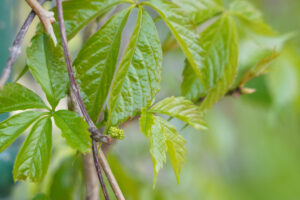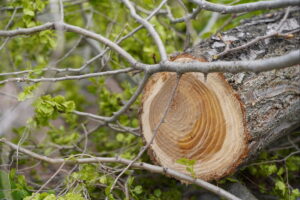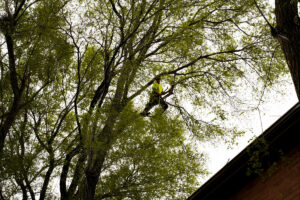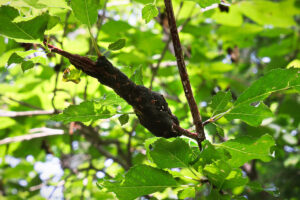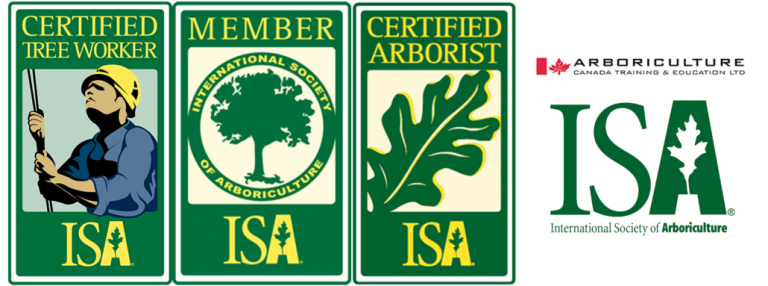Tree Care Consulting: Why Treating Tree Wounds Is Not A Do-It-Yourself Job
When a tree gets injured, a natural desire to help may lead the tree owner to attempt to treat the tree by bandaging it or painting the wound. However, trees do a better job of healing when left to their own devices, and in cases where this is not possible, tree care consulting is your best option.
An injured tree had a unique process whereby it heals a wound. It seals off the injured area in order to protect itself from insect activity as well as disease. The tree gradually grows bark over the affected area, until the wound heals. The rate at which this occurs depends on the health of the tree.
Unfortunately, attempting to treat a tree\’s wound more often leads to complications than actual help. When people apply dressings or paint to a tree wound; it results in increased moisture in the area, which impedes natural healing. Paint can also destroy tissue the tree is attempting to grow over the wound. Upon interruption of the wound healing process, the tree becomes more susceptible to insect invasion as well as disease processes, such as fungi.
After a tree injury, cleaning back wound edges to healthy bark is necessary for healing to begin. Damaged branches need appropriate pruning, to prevent further damage to the tree. Incorrect pruning can lead to further injury of connecting branches or even the trunk of the tree itself. Serious injury may even require removal of the tree. For the safety of the structures around it as well as nearby individuals.
Trees\’ injuries are often less severe than the complications that arise from improper treatment of them. When your tree gets hurt, your most important resource is your arborist, who can advise you on the best treatment options.
For more information on how to treat your injured tree, you can follow along on Facebook and Instagram, or you can contact us here if you have any questions.

